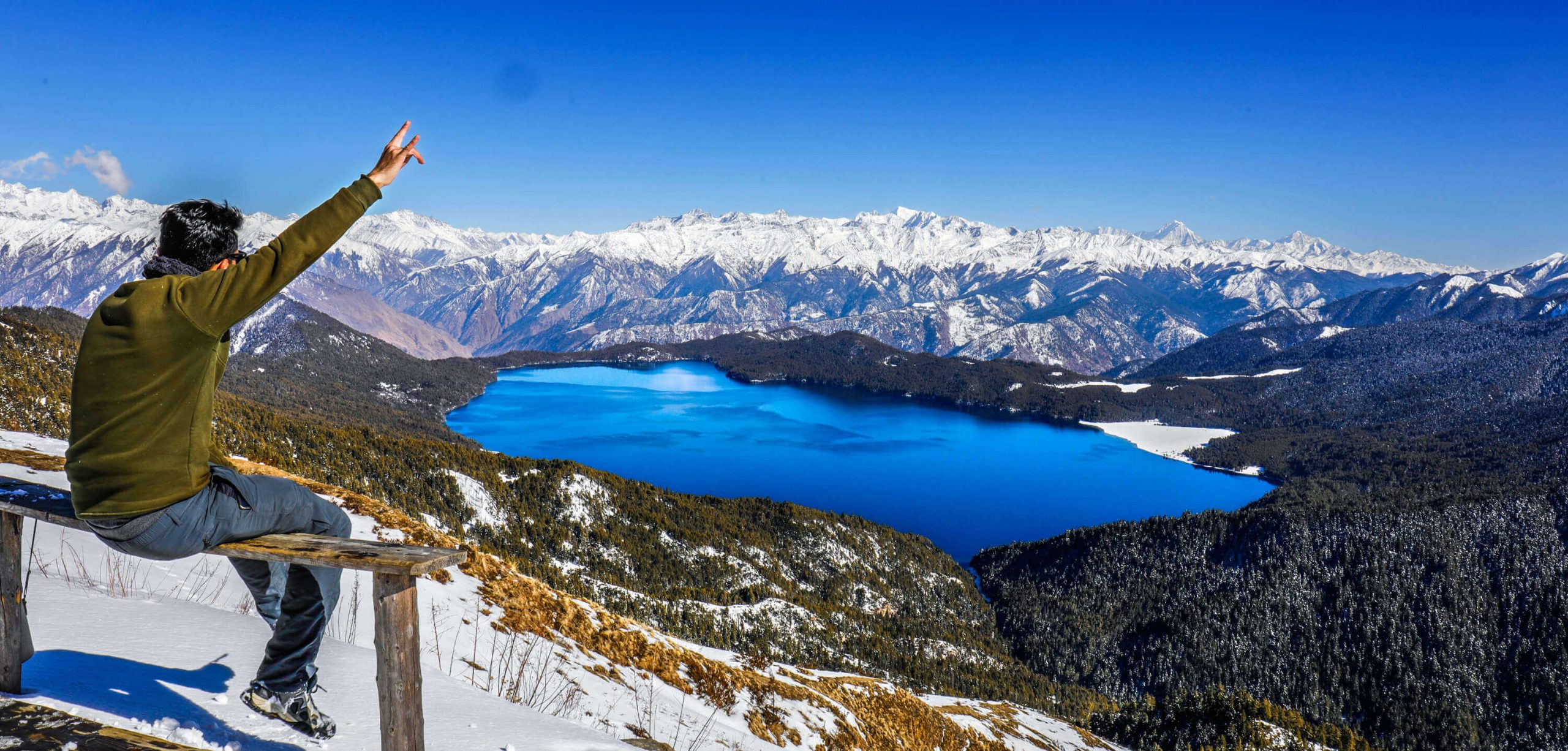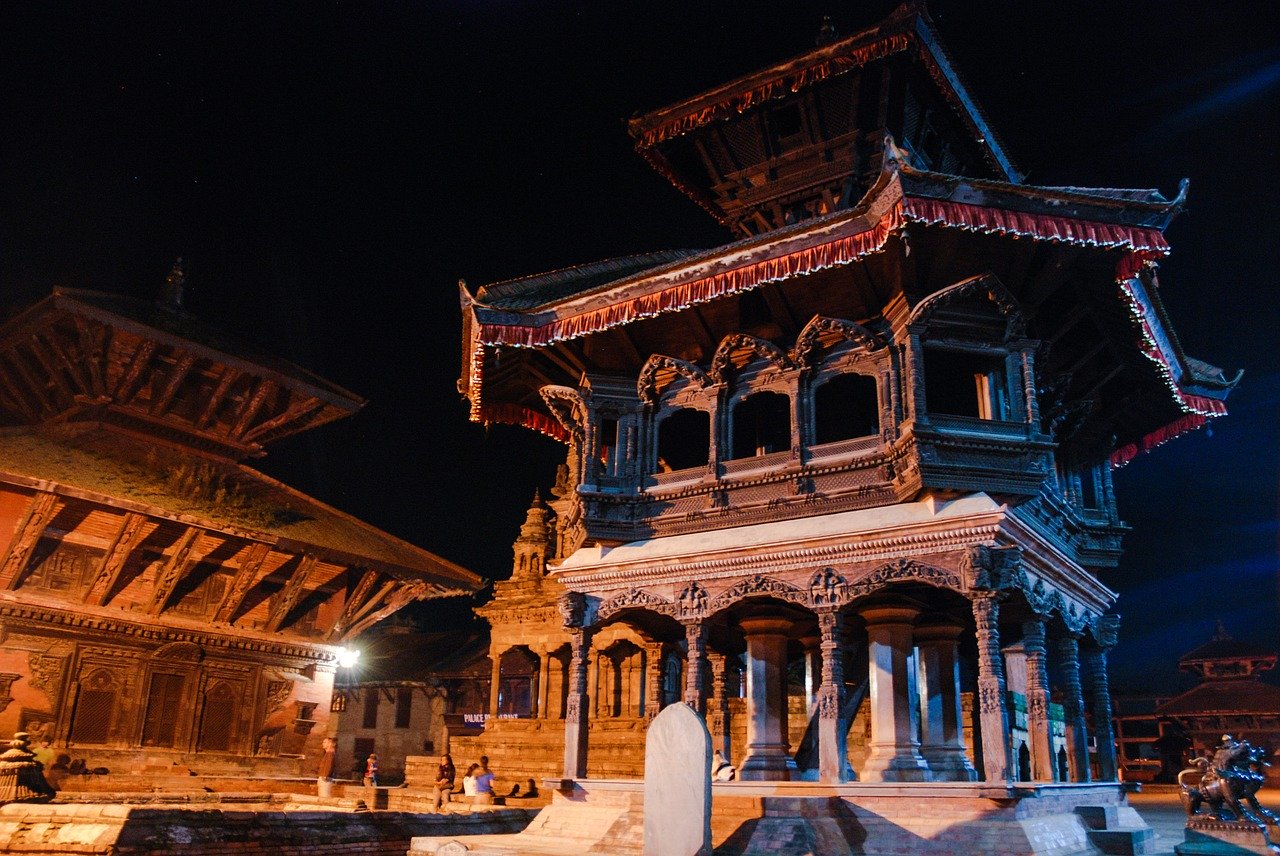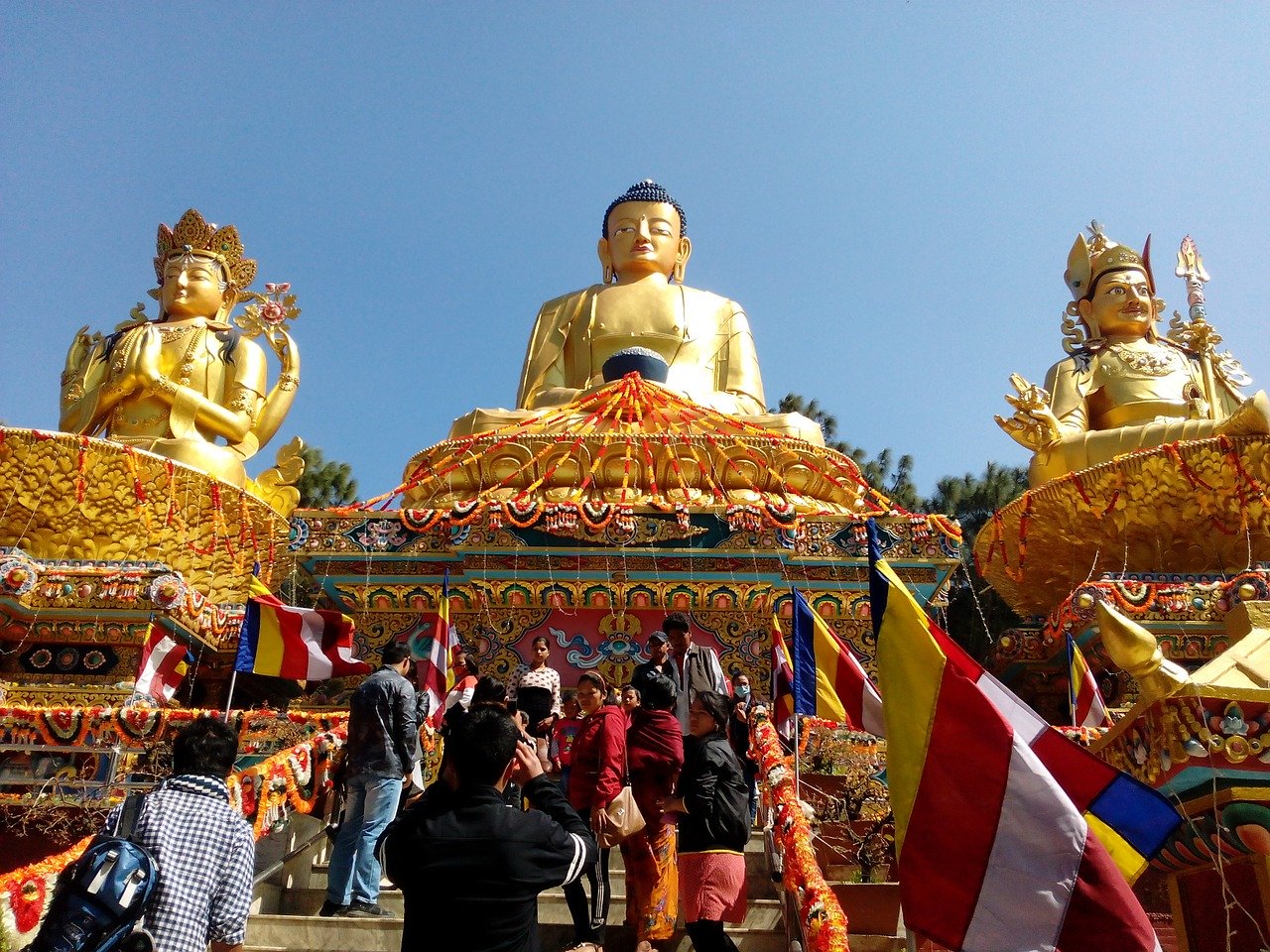An Overview of Ramsar Sites in Nepal
The Ramsar Convention: Protecting Wetlands Worldwide
What is the Ramsar Convention?
The Ramsar Convention, officially known as the “Convention on Wetlands of International Importance especially as Waterfowl Habitat,” is a global treaty dedicated to wetland conservation and sustainable use. Named after Ramsar, Iran, where it was signed in 1971, this international agreement plays a crucial role in preserving our planet’s vital wetland ecosystems.
How Does the Ramsar Convention Work?
Every three years, member countries (known as Contracting Parties) gather for the Conference of the Contracting Parties (COP). This important meeting sets policies and makes decisions to improve wetland protection worldwide. Recent COPs have been held in diverse locations such as Punta del Este, Uruguay (2015) and Dubai, United Arab Emirates (2018).
The Ramsar List: A Global Wetland Directory
One of the convention’s key features is the List of Wetlands of International Importance, commonly called the “Ramsar List.” As of May 2018, this impressive catalog included:
- 2,331 Ramsar Sites
- Over 2.1 million square kilometers of protected wetlands
- The United Kingdom leads with 170 sites
- Bolivia boasts the largest area, with over 140,000 square kilometers
Nature enthusiasts can explore detailed information about each site through the Ramsar Sites Information Service (RSIS) online database.
International Cooperation for Wetland Conservation
The Ramsar Convention fosters global partnerships to achieve its goals. Some key collaborations include:
- 18 Transboundary Ramsar Sites (as of 2016)
- 15 Ramsar Regional Initiatives covering the Mediterranean, Asia, Africa, and South America
- Six International Organization Partners (IOPs) providing expert support:
- Birdlife International
- International Union for Conservation of Nature (IUCN)
- International Water Management Institute (IWMI)
- Wetlands International
- WWF International
- Wildfowl & Wetlands Trust (WWT)
World Wetlands Day: Raising Global Awareness
February 2nd marks World Wetlands Day, commemorating the Convention’s 1971 adoption. This annual celebration:
- Began in 1997
- Aims to increase understanding of wetlands’ importance
- Was celebrated in 59 countries in 2015
Spotlight on Nepal: A Wetland Paradise
Nepal serves as an excellent example of Ramsar Convention implementation. The country boasts ten diverse Ramsar sites, including:
- Bishazari Tal (3,200 hectares): An extensive oxbow lake system
- Ghodaghodi Tal (2,563 hectares): A network of oxbow lakes and ponds
- Gokyo Lake Complex (7,770 hectares): High-altitude freshwater lakes
Bishazari Tal: 20,000 Lakes in One
Bishazari Tal, meaning “20,000 lakes” in Nepali, is a remarkable wetland:
- Located in the buffer zone of Chitwan National Park
- Situated at 286 meters altitude
- Provides vital habitat for endangered species like:
- Bengal tiger
- One-horned rhinoceros
- White-rumped vulture
- Lesser adjutant stork
Ghodaghodi Tal: A Biodiversity Hotspot
This western Nepal Ramsar site is a haven for flora and fauna:
- 13 large, shallow oxbow lakes and ponds
- Surrounded by tropical deciduous forest
- Home to 388 vascular plant species
- Serves as a crucial wildlife corridor
Gokyo Lakes: Roof of the World Wetlands
The breathtaking Gokyo Lakes system in Sagarmatha National Park is a high-altitude wonder:
- World’s highest freshwater lake system (4,700-5,000 meters)
- Six main lakes, with Thonak Lake being the largest
- Sacred to both Hindus and Buddhists
- Popular tourist destination on Everest Base Camp treks
The Ramsar Convention’s Lasting Impact
By promoting international cooperation, raising awareness, and protecting vital wetland habitats, the Ramsar Convention continues to play a crucial role in global conservation efforts. From the high Himalayas to coastal marshes, this far-reaching agreement helps safeguard Earth’s irreplaceable wetland ecosystems for future generations.




Post Comment